READY TO GET STARTED?
REQUEST A FREE ESTIMATE
Fill out the form below or call (888) 466-7849 for a free, no-obligation estimate.
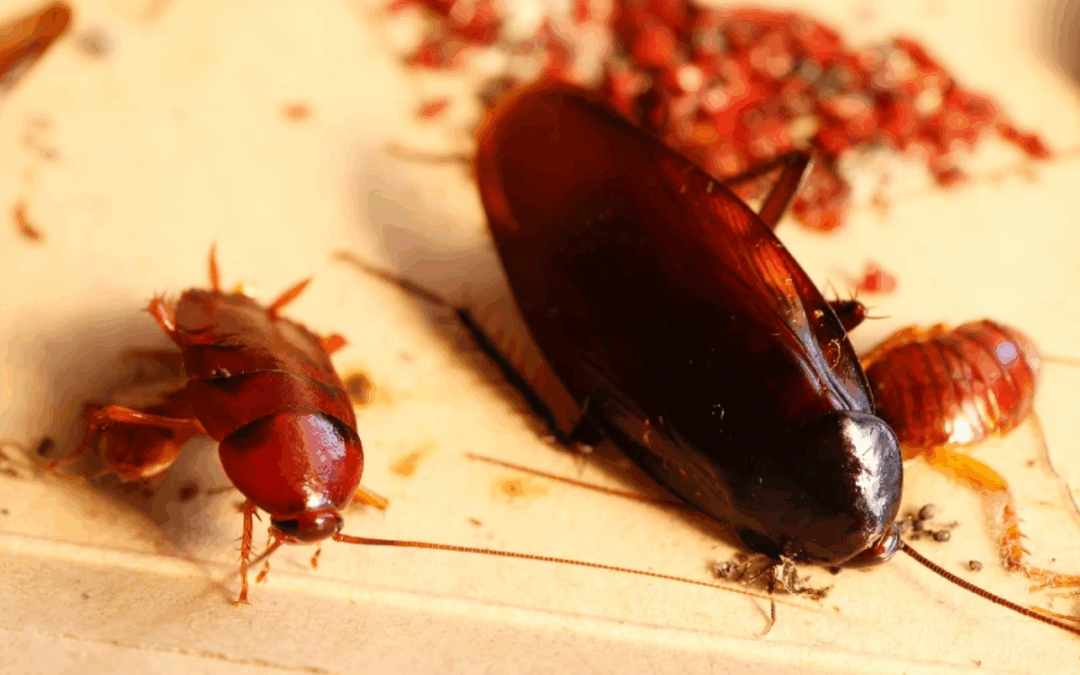
November in Miami brings cooler weather, but it also drives smokybrown cockroaches indoors. Unlike other roaches, these large, winged pests aren’t attracted to filth—they’re seeking shelter for the cooler months. This guide explains how to identify them, why they move inside in November, and how to keep your home roach-free.
The Smokybrown cockroach (Periplaneta fuliginosa) is a large species, typically measuring over an inch long. They are a uniform, shiny mahogany or black color and have fully developed wings that extend beyond their bodies. While they are strong fliers, they are often more attracted to light than other roach species.
These roaches are outdoor dwellers by nature. They thrive in warm, humid environments and are commonly found in areas with plenty of moisture and organic matter, such as:
Unlike German cockroaches, which infest kitchens and bathrooms in search of crumbs, Smokybrowns need a high degree of humidity to survive and will dehydrate quickly without it.
As the season changes, so do the living conditions for Smokybrown cockroaches. Even the subtle temperature drop and drier air of a Miami November can be enough to drive them indoors in search of a more stable environment.
The primary driver for a Smokybrown cockroach invasion is moisture. As the air becomes less humid, these roaches will migrate toward areas that can provide the dampness they require. Your home may offer several attractive spots, including basements, crawlspaces, laundry rooms, and bathrooms.
Your home provides protection from cooler temperatures and predators. Smokybrowns will exploit any available opening to gain access, often hiding in attics, wall voids, or behind cabinets where they can remain undisturbed.
While a single roach might seem like a minor issue, their presence can indicate a larger problem. You should not have to share your living space with these pests.
Proactive prevention is the most effective way to keep Smokybrown cockroaches out of your home. The focus should be on exclusion and reducing moisture.
Conduct a thorough inspection of your property and seal any potential entry points.
Make your home less attractive by controlling humidity.
Since these roaches live outdoors, managing your landscape is key.
Don’t let these sneaky invaders disrupt your holiday season. Contact a pest control professional to schedule an inspection and ensure your Miami home remains a comfortable, pest-free environment.

As November arrives in Pompano, Florida, residents often notice an increase in spider activity both inside and outside their homes. While spiders are a year-round presence in our tropical climate, this time of year can make them seem more prevalent. The appearance of more webs and uninvited eight-legged guests can be unsettling for any homeowner.
Understanding why you might be seeing more spiders is the first step toward effective management. This guide provides information on common Pompano spiders, explains their fall behavior, and offers practical strategies for keeping your home spider-free. A proactive approach is essential for reliable Pompano spider control.
The increased visibility of spiders during the fall in Pompano is often linked to their life cycle and the behavior of their prey.
For many spider species, late summer and fall are peak mating seasons. Male spiders, which typically lead more reclusive lives, will actively wander in search of a mate. This increased movement makes them far more likely to be seen crossing floors, walls, and patios. Additionally, many spiders born in the spring have reached full maturity by November, meaning they are larger and their webs are more substantial and noticeable.
November often sees a surge in other insects seeking shelter from changing conditions. Spiders are predators, and they go where the food is. An increase in flies, gnats, and other small pests around your home provides an abundant food source, attracting spiders to build webs near doorways, windows, and exterior lights.
While most spiders found in Florida are harmless and beneficial to the ecosystem, a few species warrant caution.
The most effective way to manage spiders is to make your home less inviting to them and their prey. A comprehensive prevention plan is the cornerstone of effective Pompano spider control.
Denying spiders access to your home is the most crucial step.
By removing sources of food and shelter, you make your property less appealing.
Implementing these preventative measures can significantly reduce the number of spiders you encounter. A clean, well-sealed home is your best defense.
If you are dealing with a persistent spider problem or have identified venomous species like black widows on your property, it is best to seek professional assistance. Contact a certified pest control expert for a thorough inspection and a targeted treatment plan to ensure the well-being and comfort of your home.

Finding cockroaches in your Naples home can be unsettling, often raising the question: do they bite? While the idea is alarming, it’s important to separate fact from fiction. Understanding the real risks helps you protect your household and take effective action. This guide clarifies the truth about cockroach bites, outlines actual health concerns, and offers practical prevention tips.
Yes, cockroaches can bite, but it’s extremely rare. They are not aggressive toward humans and only bite under extreme conditions, such as a severe infestation with scarce food. Bites may occur on fingernails, eyelashes, or calloused skin, usually while a person is sleeping.
A bite appears as a small, red, raised bump similar to a mosquito bite. It may become itchy or inflamed. Due to its generic appearance, it’s nearly impossible to confirm a cockroach bite without signs of a significant infestation.
Cockroaches frequent unsanitary places like drains, sewers, and garbage, picking up bacteria and pathogens. As they crawl across food, counters, and utensils, they can transfer germs like Salmonella and E. coli, increasing the risk of illness.
Cockroach saliva, droppings, and shed skins contain proteins that become airborne allergens. Sensitive individuals, particularly children and the elderly, may experience allergic reactions, rashes, sinus infections, and asthma attacks. Infestations can significantly reduce indoor air quality.
Make your home inhospitable to cockroaches with diligent sanitation.
Prevent access and remove hiding spots.
Sanitation, moisture control, and sealing potential entry points are your first defense. While bites are rare, contamination and allergens are real concerns. If you spot cockroach activity, it signals a problem that should be addressed promptly.
Call a certified pest control technician for a thorough inspection and a targeted treatment plan to protect your home and enjoy peace of mind this season.
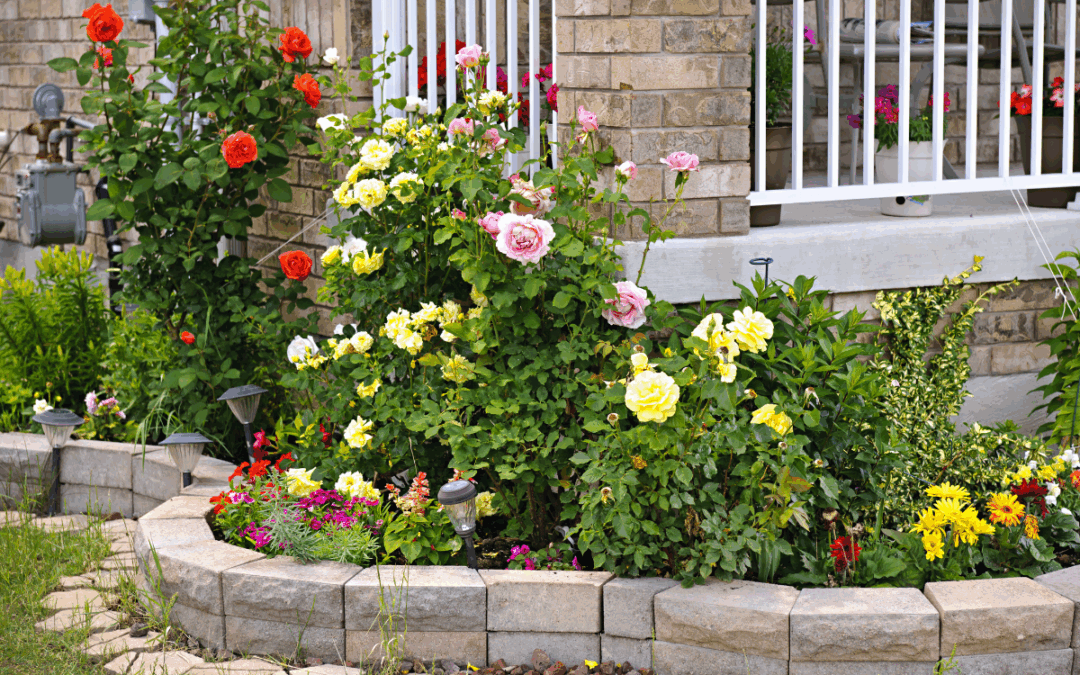
Florida’s fall gardening season is a rewarding time, offering a break from the summer heat. Mild temperatures also create ideal conditions for pests. Protecting your vegetable patches, flower beds, and ornamental plants is key to maintaining a healthy, productive garden. This guide highlights common fall garden pests and provides responsible strategies to keep them in check, ensuring your garden remains a vibrant oasis.
Species like armyworms, loopers, and hornworms are active in the fall. They can defoliate plants, skeletonize leaves, and bore into fruits like tomatoes. Their camouflage makes early detection challenging, so frequent inspections are important.
These sap-sucking insects congregate on new growth or the undersides of leaves. They drain nutrients, causing yellowing leaves and stunted growth, and excrete honeydew, which can lead to sooty mold.
Using piercing-sucking mouthparts, they feed on fruits, vegetables, and seeds. Feeding damage can cause discolored, sunken spots and reduce crop quality. Large populations can significantly impact yields.
Strong, healthy plants resist pests better.
Hands-on methods are often the most effective first step.
“Good bugs” like ladybugs, lacewings, and parasitic wasps prey on garden pests. Plant herbs like dill, fennel, and cilantro to attract these natural allies.
Vigilance, prevention, and creating a balanced ecosystem are the best ways to protect your garden this fall. Focus on soil health, physical barriers, and beneficial insects to reduce pest pressure naturally.
If fall garden pests become persistent despite your efforts, a professional can assess your garden, identify the problem, and provide a tailored management plan. Keep your plants thriving and bug-free by contacting a certified pest control expert today.
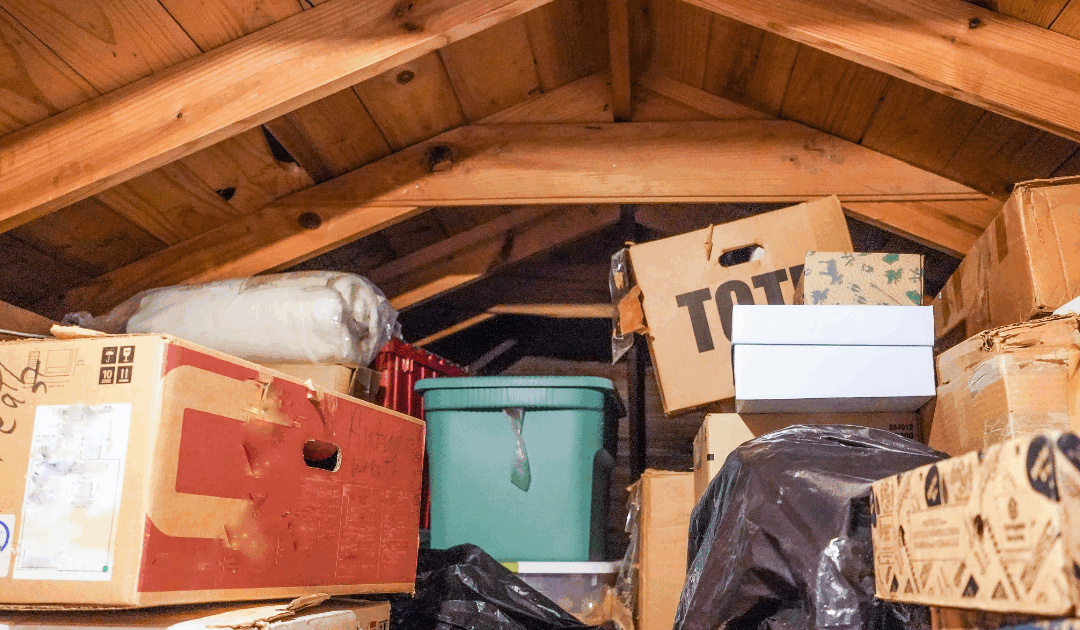
As fall arrives in Bonita Springs, many homeowners prepare for cooler, drier months. While the change in weather is welcome, it also means pests begin seeking shelter. Your attic, with its warmth and seclusion, is a prime spot for unwanted guests. Addressing these attic pests quickly helps prevent costly damage and keeps your home healthy.
Roof rats are especially common in this region. They can squeeze through small openings along the roofline and cause serious damage by gnawing wires, creating fire hazards, and shredding insulation.
Squirrels often chew through eaves, fascia boards, and vents to get inside. Their presence is usually noisy, with scratching and scurrying sounds in the morning and evening. They also damage insulation and leave droppings behind.
Raccoons are larger and more forceful intruders. They may tear through shingles or vents to create entry points, especially when looking for a dry place to nest. They can cause significant structural damage and may carry diseases that put people and pets at risk.
Scratching, scurrying, gnawing, or chirping noises are early signs of attic activity. These sounds are often heard at night or in the early morning.
Animal droppings are a clear indicator of pests. Urine stains may also appear on ceilings or walls if the issue is severe.
Shredded insulation, chewed wires, or torn ductwork are all signs of nesting pests. Debris like leaves or twigs inside the attic may also point to an active infestation.
Inspect the exterior of your home and seal cracks, gaps, and holes in the roof, soffits, and foundation. Install mesh screening over vents and a chimney cap to block wildlife.
Tree limbs touching the roof provide an easy path for pests. Trim branches several feet back, secure outdoor trash cans, and avoid leaving pet food outside.
The best way to keep your attic pest-free is to know what signs to look for, seal off entry points, and make your home less inviting to wildlife. By staying a step ahead, you can avoid the damage and mess that attic pests often leave behind.
If you do notice noises, droppings, or damage, it is always a good idea to have an expert take a closer look. Call today to schedule a pest control inspection and make sure your attic is ready for the season ahead. Contact Northwest today for a free pest control quote!
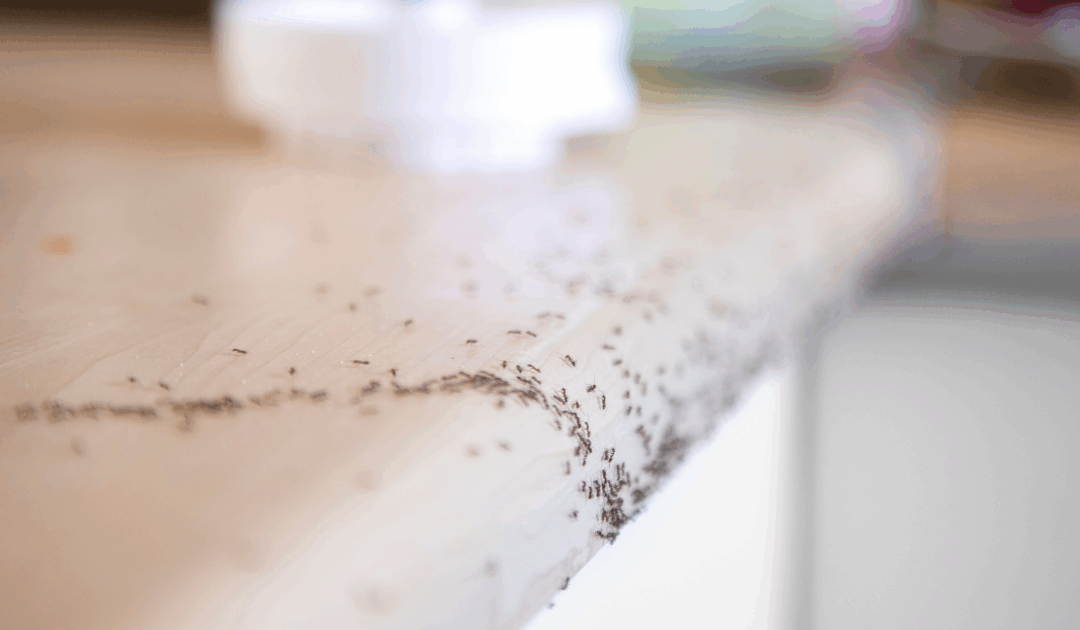
Fort Myers residents know the frustration well. You clean your kitchen, and within hours, a steady line of ants appears across the counters. Florida’s year-round warmth and humidity create ideal conditions for ant colonies to thrive, making prevention and control a regular part of maintaining a comfortable home. The good news is that lasting ant control is possible with proven strategies that protect both your family and the natural environment of Southwest Florida. Here’s how to tackle these persistent pests while keeping the area’s delicate ecosystem in mind.
Southwest Florida’s subtropical climate supports several ant species that frequently invade homes. Ghost ants, with their translucent legs and bodies, often appear in kitchens and bathrooms in search of moisture and food. Fire ants build aggressive colonies in yards and deliver painful stings, while carpenter ants can damage wood structures as they tunnel to build nests.
Pharaoh ants present a unique challenge because they create multiple colonies and require specialized management. These tiny yellow ants can contaminate food and spread bacteria, making prompt action important for protecting health.
Each species behaves differently, so understanding their habits is key to choosing the right control methods.
Over-the-counter sprays may kill visible ants but rarely address the colony itself. Without eliminating the source, infestations often return. This cycle leads to repeated treatments that can affect beneficial insects, pollinators, and water quality in sensitive coastal areas.
Effective ant management requires a comprehensive approach that targets colonies, prevents new infestations, and protects the environment.
Inspect your home for cracks, gaps, and openings that ants could use to get inside. Common trouble spots include windows, doors, and utility penetrations. Seal gaps with weatherproof caulk, repair screens, and install door sweeps to block access.
Pay extra attention to moisture-prone areas. Afternoon storms in Fort Myers can create damp conditions that attract ants, so sealing these areas also supports moisture control.
Reduce attractants by cleaning surfaces promptly after food preparation, especially behind appliances where crumbs and spills can go unnoticed. Store all food, including pet food, in sealed containers.
Empty trash bins regularly and ensure lids fit tightly. Wiping down surfaces with vinegar can erase the scent trails ants use to navigate, making your home less inviting.
Proper ventilation and dehumidification help reduce indoor humidity. Address plumbing leaks promptly and check under sinks, around water heaters, and near outdoor faucets for moisture buildup.
Outside, improve drainage and keep gutters clear to prevent water pooling around the foundation.
Peppermint oil is a well-known ant deterrent. Mix 10–15 drops with water in a spray bottle and apply to baseboards, entry points, and areas where ants are active. Tea tree and lemon oils offer additional protection and a pleasant scent.
Diatomaceous earth damages the exoskeletons of crawling insects and works well when applied along trails and near entry points. Cinnamon powder can create a barrier ants will avoid, and ground coffee can deter several species while adding a subtle aroma.
Plant ant-repelling species such as mint, tansy, or pennyroyal along the perimeter of your home. Trim vegetation so it does not touch exterior walls, as plants can act as bridges for ants to enter.
Ant control is most effective when prevention, sanitation, moisture management, and monitoring work together. Seasonal inspections help identify and address vulnerabilities early.
Keeping a record of what works on your property allows you to refine your approach over time. With consistent attention, these strategies help create an environment where ants are far less likely to take up residence, protecting both your home and Fort Myers’ coastal ecosystem. Contact local pest control professionals for a free ant control quote today!
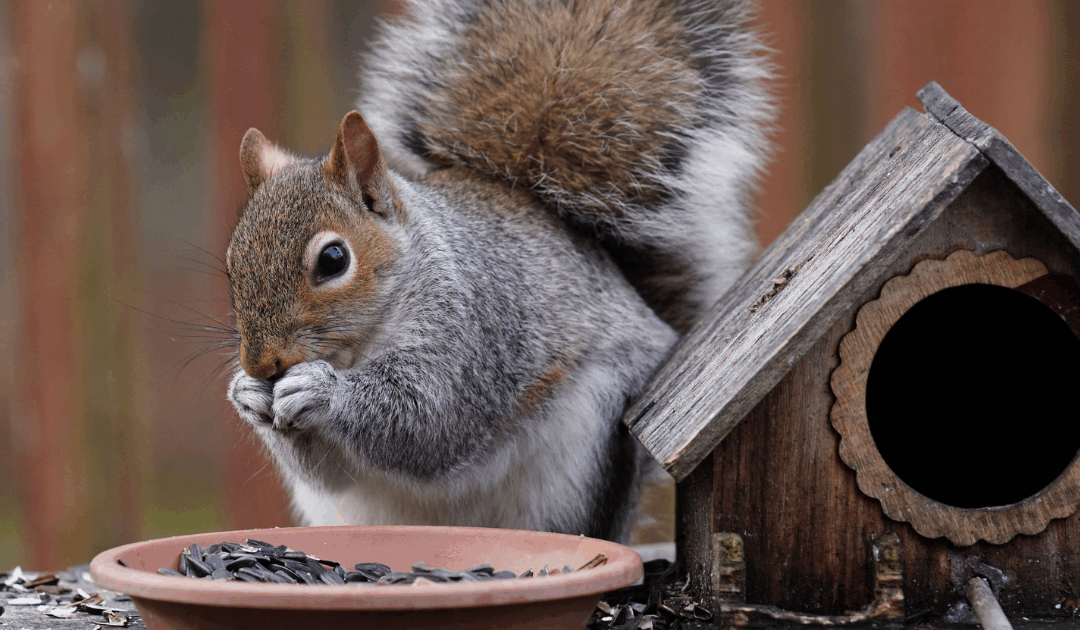
Broward County’s year-round warmth and lush vegetation make it a haven for squirrels. While they can be entertaining in parks, these agile climbers are less welcome when they invade attics, damage gardens, or chew through home structures. By understanding squirrel behavior and using strategies tailored to South Florida, homeowners can protect their property while maintaining balance with the local environment.
South Florida is home to several squirrel species, with gray squirrels and fox squirrels most common around residential areas. They use power lines, fences, and trees as travel routes and often seek shelter in attics, sheds, or crawl spaces.
Because Broward’s climate keeps squirrels active all year, the risk of property damage, noise, and potential health concerns is ongoing. Females typically have two litters a year—late winter and mid-summer—making these peak times for activity.
Early detection helps prevent costly repairs. Common signs include scratching or scampering in attics, especially at dawn or dusk, chewed roof edges or soffits, damaged screens, and gnaw marks on wood or wires. Outdoors, you may notice disturbed bird feeders, dug-up flower beds, or plants stripped of fruit and vegetables.
Remove attractants that encourage squirrels to linger. Trim branches at least six feet from the roof, clear fallen fruit and nuts promptly, and relocate or squirrel-proof bird feeders.
Cover vents, chimneys, and other openings with hardware cloth or metal screening, using mesh smaller than one inch. Seal gaps with caulk, foam, or metal patches, and reinforce vulnerable roof edges with flashing.
Sprinkle cayenne pepper or hot sauce around problem areas, or place cotton balls soaked in peppermint, eucalyptus, or citrus oil near entry points. Predator scents, like fox or coyote urine, can also discourage squirrels.
Use lightweight row covers, plant squirrel-resistant flowers like marigolds and alliums, or create decoy feeding spots away from your home and garden.
Check attics and roofs regularly for signs of damage or nesting materials. Pay special attention after storms, which can create new entry points. Motion-activated cameras can help track activity patterns.
Install chimney caps, vent guards, and tree banding to block climbing routes. These measures reduce access without harming wildlife.
If removal is necessary, use humane live traps with appropriate bait, following Broward County regulations on relocation. Complex situations may require trained wildlife experts who understand local squirrel behavior.
Encourage natural predators, and coordinate with neighbors for community-wide prevention efforts. Consistent approaches reduce squirrel pressure across the area.
Broward squirrel control works best with ongoing attention—seasonal inspections, refreshed deterrents, and regular maintenance of exclusion methods. By combining habitat changes, physical barriers, and humane deterrents, you can keep squirrels from becoming long-term houseguests while still protecting the wildlife that makes South Florida unique. For stubborn or recurring issues, experienced pest control professionals can help ensure your home stays squirrel-free. Contact pest control near you for a free quote!
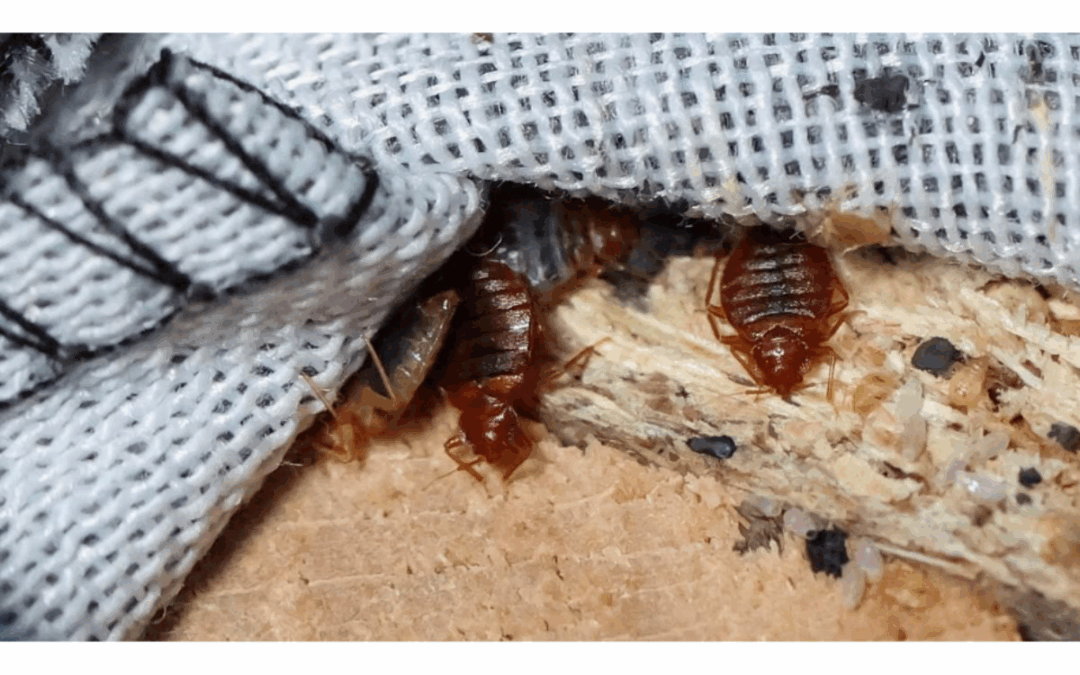
Florida summers mean sunny beaches and family fun—but also an increase in bed bug activity. The warmer months bring ideal conditions for these pests to reproduce and spread, especially with more people traveling. Knowing why summer is peak bed bug season and how to prevent them can help protect your home.
Bed bugs thrive in Florida’s summer climate. Here’s why they become more active:
Bed bug infestations can lead to a range of issues beyond the annoyance of bites:
Protect your home with these practical, eco-friendly tips:
Bed bugs may be more active in summer, but that doesn’t mean you have to suffer. Regular inspections, clean travel habits, and protective bed bug control measures can make your home less inviting to these pests.
Stay informed, stay alert, and enjoy your Florida summer without the unwanted guests.

Pompano, Florida, is no stranger to summer heat and sunshine, but with the higher temperatures comes an increase in wasp and hornet activity. These stinging insects become more active during July, making their presence around homes and outdoor spaces both a nuisance and a potential hazard. Fortunately, with the right preventive measures, you can keep these uninvited guests at bay. Here’s how to protect your Pompano home from wasps and hornets while minimizing stings and infestations.
The heat of summer in Florida creates ideal conditions for wasps and hornets to thrive. By July, their colonies are in full swing, and worker insects are busy foraging for food to support their growing nests. Factors contributing to their heightened presence include:
Understanding their seasonal behavior is the first step in preventing these pests from settling too close to your property.
Preventing wasps and hornets from building nests near your home can save you from stressful encounters and potential stings. Use these strategies to make your space less appealing to them:
Despite your best efforts, wasps and hornets may still build nests near your home. Managing nests requires caution:
Sometimes encounters with wasps and hornets are unavoidable, but you can reduce the chance of being stung by following these tips:
For persistent problems or large nests, rely on local pest control services with experience in wasp and hornet management. They provide effective solutions to eliminate nests and reduce insect activity around your home.
Wasps and hornets are a natural part of Florida summers, but they don’t have to disrupt your home life. By removing attractants, applying prevention techniques, and addressing nests promptly, you can enjoy a more comfortable, sting-free environment in Pompano this July.